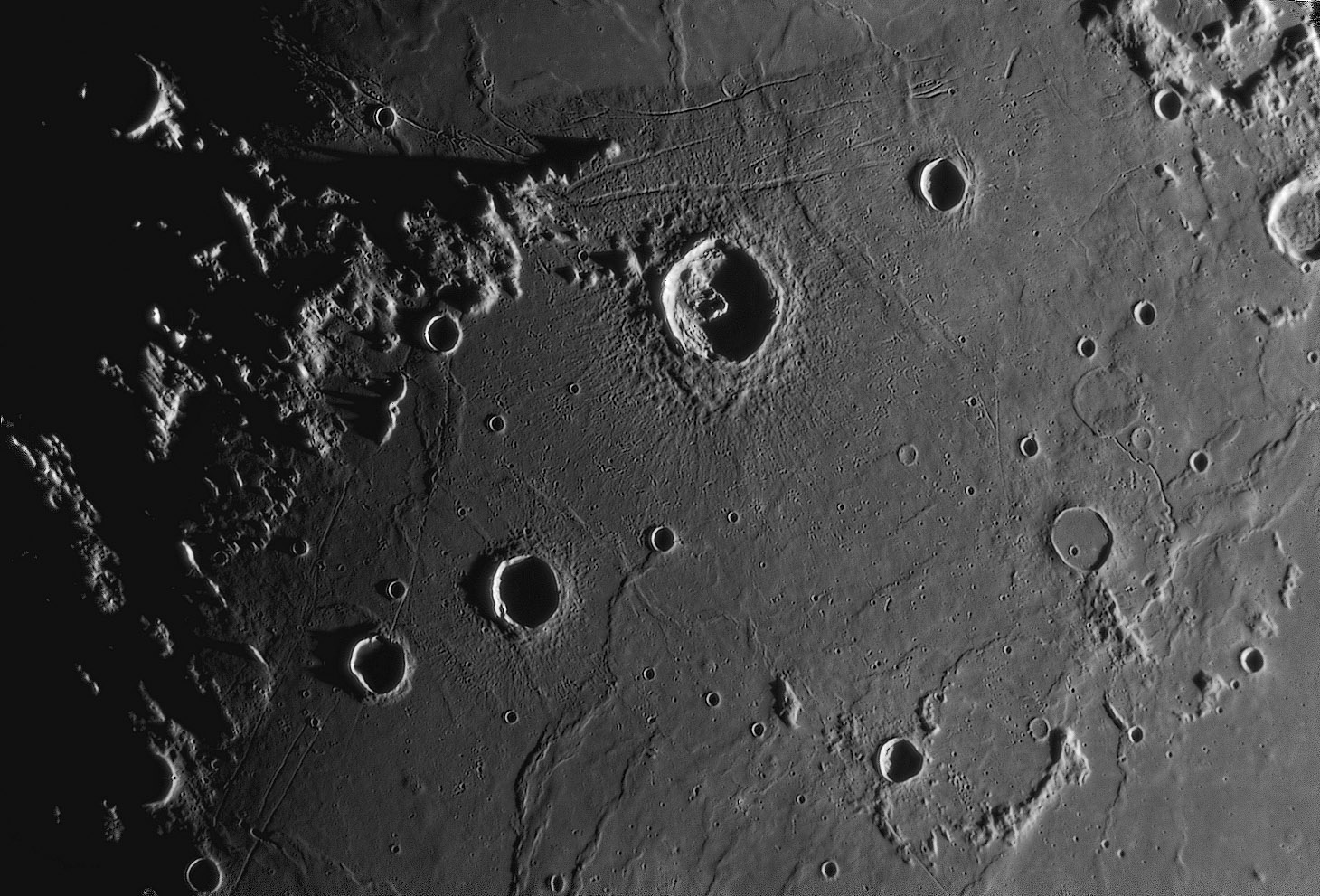Difference between revisions of "March 21, 2013"
| Line 1: | Line 1: | ||
__NOTOC__ | __NOTOC__ | ||
=The Baja Orbiter Returns= | =The Baja Orbiter Returns= | ||
| + | <!-- Start of content --> | ||
<!-- ws:start:WikiTextHeadingRule:0:<h1> --> | <!-- ws:start:WikiTextHeadingRule:0:<h1> --> | ||
<!-- ws:start:WikiTextLocalImageRule:6:<img src="/file/view/LPOD-Mar21-13.jpg/416641002/LPOD-Mar21-13.jpg" alt="" title="" /> -->[[File:LPOD-Mar21-13.jpg|LPOD-Mar21-13.jpg]]<!-- ws:end:WikiTextLocalImageRule:6 --><br /> | <!-- ws:start:WikiTextLocalImageRule:6:<img src="/file/view/LPOD-Mar21-13.jpg/416641002/LPOD-Mar21-13.jpg" alt="" title="" /> -->[[File:LPOD-Mar21-13.jpg|LPOD-Mar21-13.jpg]]<!-- ws:end:WikiTextLocalImageRule:6 --><br /> | ||
Revision as of 15:32, 8 February 2015
The Baja Orbiter Returns

image by Michael Wirths, Baja California, Mexico
Mike's stunning new image fits right in with all the LRO high res images I've been seeing at the Lunar and Planetary Science Conference in Houston this
week. But this low Sun view is unmatched for dramatic appeal compared to most of the higher illumination satellite images. Plinius' continuous ejecta of
radial ridges dominate the top center part of the view, showing how fresh impact craters modify their surroundings. Similar radial ridges are visible just to
the south coming from Ross, but their azimuthal distribution is irregular with gaps to the east and roughly opposite. It could be that Ross formed from an
oblique impact, or perhaps younger lavas covered the ejecta on those sides. The other dramatic feature along the top of the image is the apparent Photo-
Shop pasting together of two unrelated terrains. In fact, the smooth lavas to the north are younger than the darker lavas around Tranquillitatis' margins.
The high resolution of this image makes the boundary look unnatural, but that is where the flowing lavas stopped. Along the western margin are the narrow
Maclear and Sosigenes rilles; near the northern end one rille is encased in an oval of higher lava. Is this flows that erupted from the rille, or is it where the
rille coincidentally passes through a mare ridge? The southern end of one of the rilles is crossed by a short, rimless trough. LRO images show Ina-like
hollows - bright blocks and smooth dark patches - on the floor of the trough. The origin of the these features is still being debated at this LPSC. The east-
ern half of this image shows parallel curving mare ridges, narrow rilles, two small ghost craters, and other delightful things to discover. Take a close look.
Chuck Wood
Technical Details
18" Starmaster dob (Zambuto optics), a ASI120MM, 2.5X Televue Powermate barlow and R/IR filter. Processed with AviStack and PS CS.
Related Links
Rükl plate 35
21st Century Atlas chart 12.
Yesterday's LPOD: Fruity Mats
Tomorrow's LPOD: LPOD At Lpsc
COMMENTS?
Register, Log in, and join in the comments.



